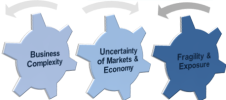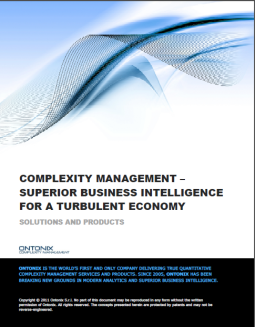Strategy under uncertainty: McKinsey Quarterly – Strategic Thinking
Thursday, 6 October, 2011 Leave a comment
Revisiting a McKinsey article from 2000. If business leaders haven’t realised that we are facing, at least, Level 3 uncertainty they may just be stupid or lucky enough to “muddle through”…not much of a strategy though!
Whilst I agree wholeheartedly with the sentiment behind this article it is worth remembering: whilst we have a single history, we have multiple futures
At the heart of the traditional approach to strategy lies the assumption that executives, by applying a set of powerful analytic tools, can predict the future of any business accurately enough to choose a clear strategic direction for it. The process often involves underestimating uncertainty in order to lay out a vision of future events sufficiently precise to be captured in a discounted-cash-flow (DCF) analysis. When the future is truly uncertain, this approach is at best marginally helpful and at worst downright dangerous: underestimating uncertainty can lead to strategies that neither defend a company against the threats nor take advantage of the opportunities that higher levels of uncertainty provide. Another danger lies at the other extreme: if managers can’t find a strategy that works under traditional analysis, they may abandon the analytical rigor of their planning process altogether and base their decisions on gut instinct.
via Strategy under uncertainty – McKinsey Quarterly – Strategy – Strategic Thinking.












